I hope you enjoy reading this blog post.
If you want to get more traffic, Contact Us

Click Here - Free 30-Minute Strategy Session
Be quick! FREE spots are almost gone for this Month. Free Quote
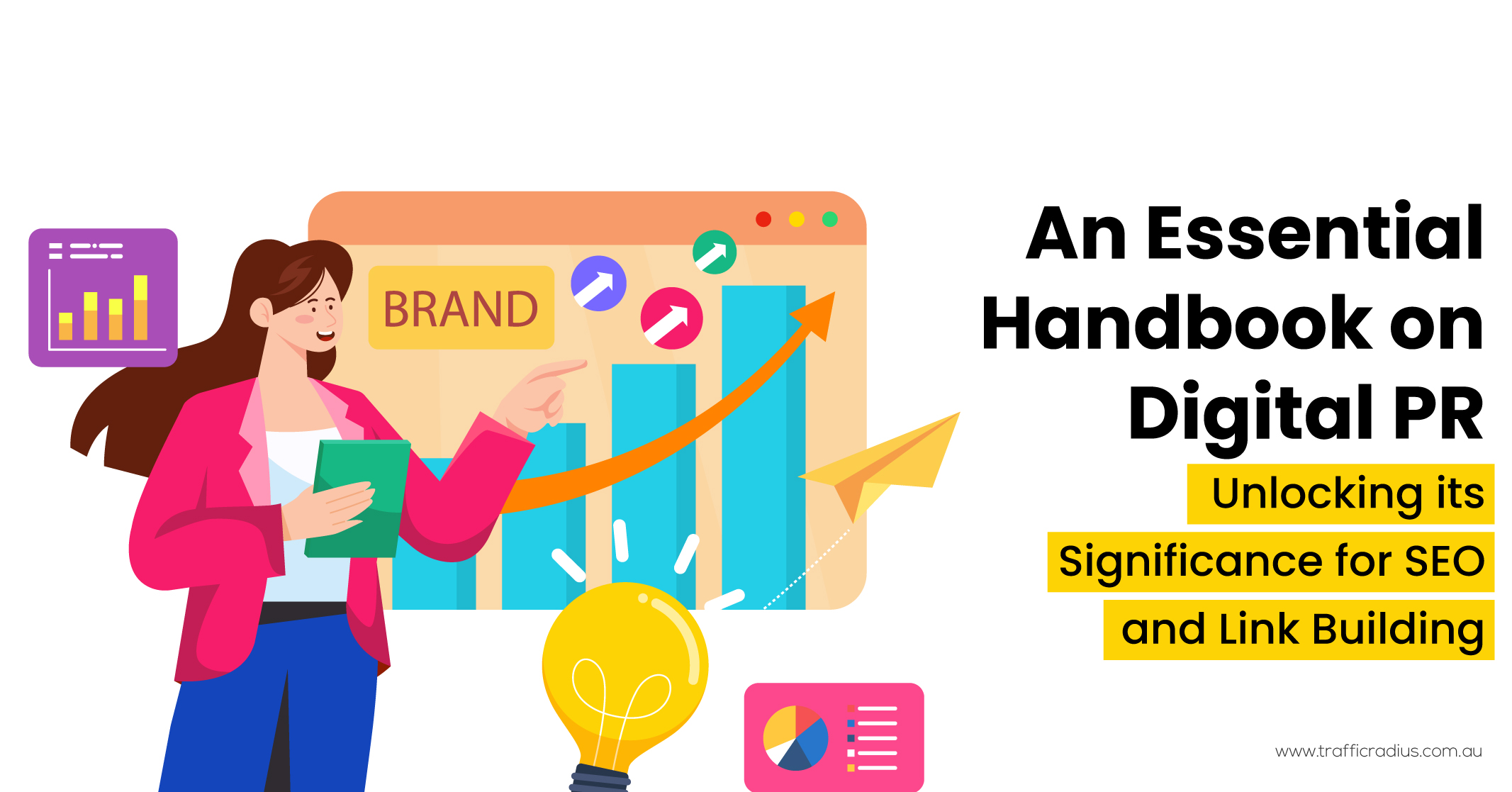
If you haven’t integrated digital PR into your link building strategy, you’re overlooking a tremendous opportunity to gain a competitive edge. Explore the remarkable results achieved by a single digital PR campaign in terms of securing high-quality, editorially earned links:
While few tactics can match the scalability of link acquisition, digital PR stands out by generating relevant links. Moreover, it offers a plethora of additional benefits for your business.

Click Here – Free 30-Minute Strategy Session
Be quick! FREE spots are almost gone for this Month
Within this comprehensive guide, we will delve deeply into the realm of digital PR and unveil why it’s an indispensable tactic for turbocharging your website’s organic growth.
Specifically, we will examine:
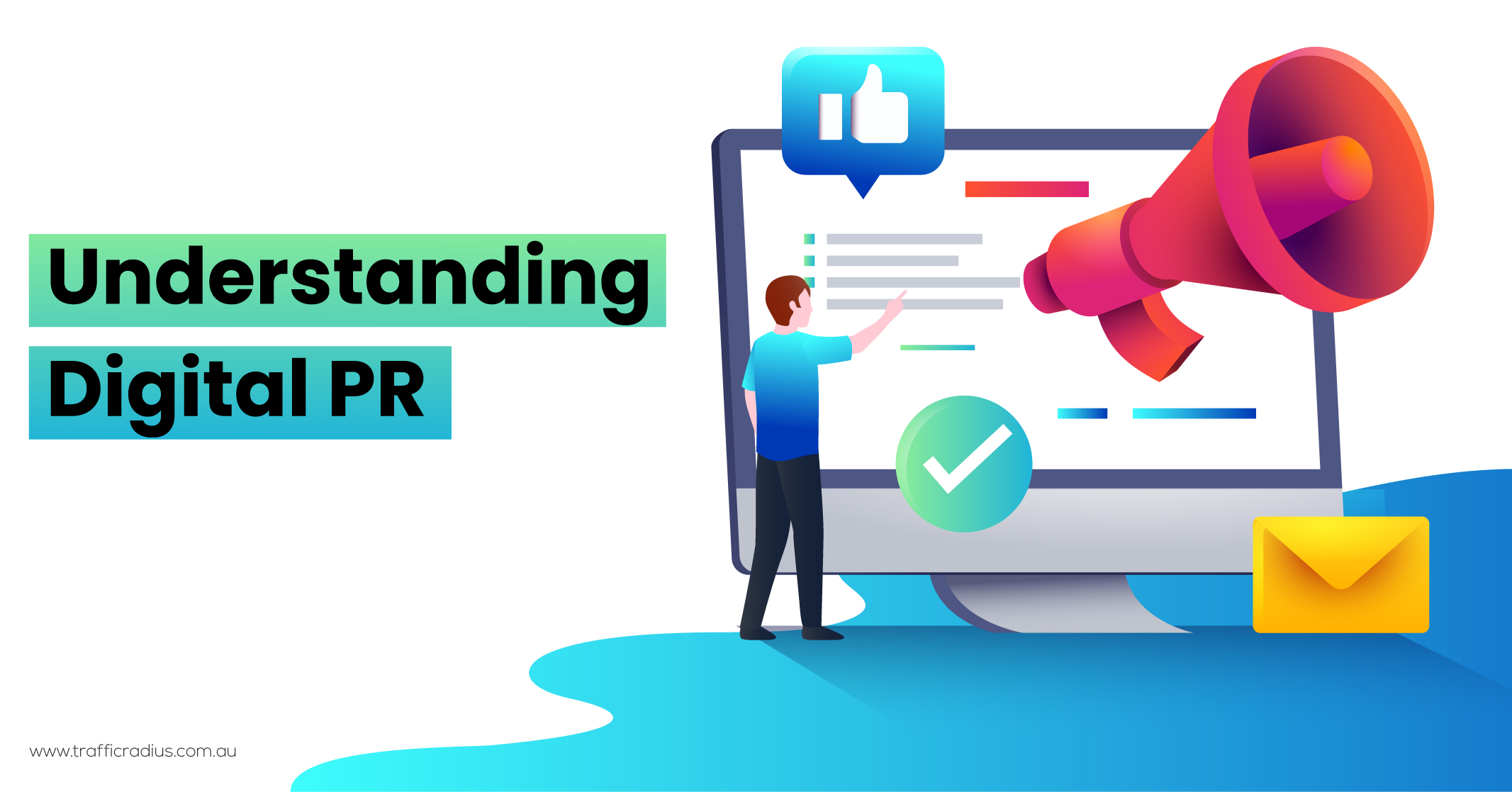
Digital PR revolves around employing PR strategies to acquire backlinks in support of your SEO strategy.
It entails creating linkable assets, also known as link bait, and promoting them to relevant journalists and publications to entice them into featuring your content and providing links. However, the key to digital PR success lies in generating captivating ideas that captivate journalists and crafting engaging assets that add editorial value to their articles through linking.
Digital PR centres on crafting compelling content that narrates stories so compelling that journalists are genuinely inclined to cover and link to them.
To aid your comprehension of this tactic, let’s contrast it with an alternative approach to link building: guest posting.
Now, let’s clarify one thing: we are not endorsing guest posting as a link building tactic. Since Google’s Matt Cutts declared it dead in 2014, it has caused division within the SEO community. However, the reality remains that guest posting is a commonly utilised tactic by SEO professionals for link building, regardless of its merits.
Learn More: The Power of Digital Marketing in PR Campaigns
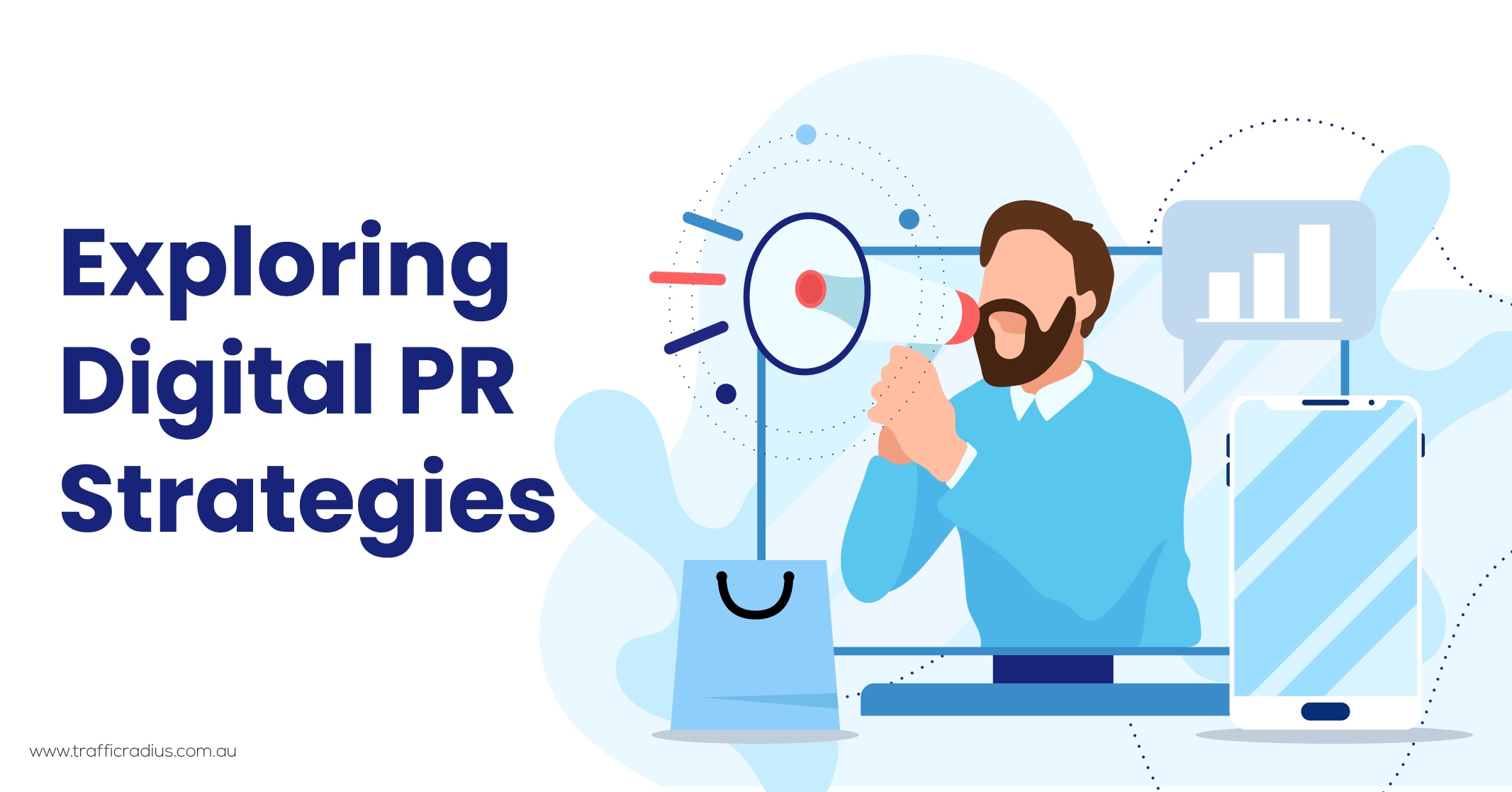
The placement of links in digital PR is entirely editorial, adhering to Google’s guidelines on link schemes, which emphasise the importance of earning links organically. This means that journalists make editorial decisions to include links to your content.
These links are provided to enhance the editorial value of an article or as a citation of a reputable source. They are earned by creating exceptional content, without any financial transactions involved.
Typically, these links originate from high-authority domains that have topically relevant content. Examples include newspapers, industry resources, and other authoritative sources.
One key advantage of digital PR is that the links it generates are not easily replicable by competitors due to the inherent nature of the strategy.
Links and mentions acquired from third-party websites hold significant influence, as consumers seek unbiased and non-branded information about your brand.
Links within digital PR are deliberately placed by the website owner or on their behalf. These links do not possess an editorial nature and should include the rel=”nofollow” attribute.
In some instances, links are the outcome of financial compensation or the exchange of products, which is a violation of Google’s Webmaster Guidelines. In such cases, the rel=”sponsored” attribute should be incorporated.
The quality of linking sites tends to be mediocre and frequently lacks topical relevance to the linked website.
Guest post links, which can be identified using link analysis tools, are easily replicable by competitors.
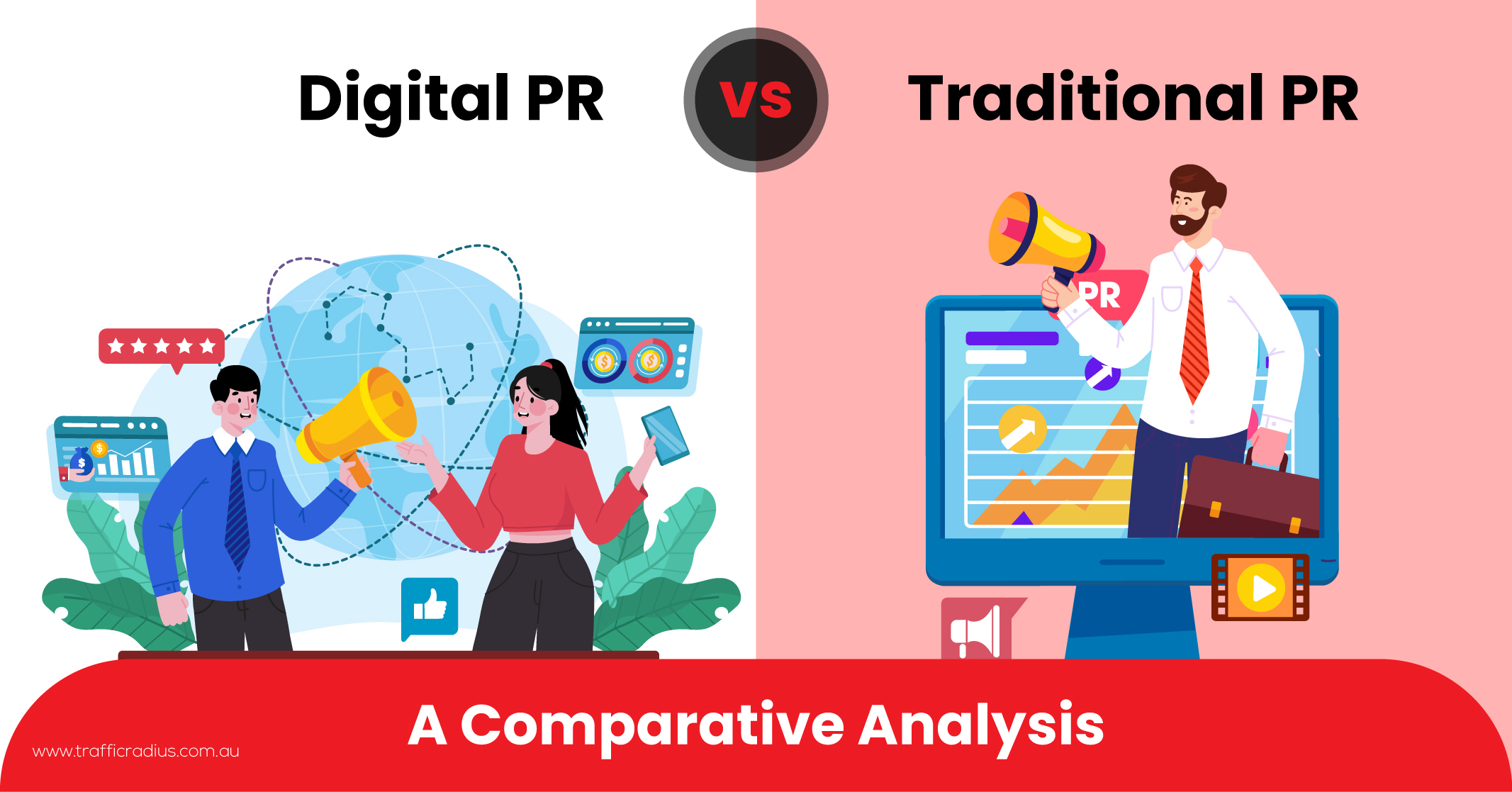
Digital PR and traditional PR have become intertwined, confusing many. The line between the two has started to blur.
Digital PR primarily focuses on leveraging linkable assets to earn backlinks and drive various benefits that positively impact a website’s organic visibility and SEO endeavours. Key performance indicators (KPIs) for this approach often revolve around the quality of earned links and their impact on SEO performance.
This may involve storytelling and product promotion, but it frequently relies on creating data-driven studies, research pieces, and visually engaging content like infographics or interactive tools.
In contrast, traditional PR predominantly revolves around KPIs related to increasing brand awareness. Measuring and reporting the real impact of traditional PR can be challenging, as it heavily relies on promoting brand stories and product releases. Traditional PR also maintains a strong focus on offline media, while digital PR predominantly targets online publications.
While technical SEO and high-quality content have long been recognised as crucial for improving organic search rankings, Digital PR has only recently gained significant attention from marketers.
Marketers have started realising the importance of obtaining high-quality backlinks to enhance their website’s performance in search engine result pages (SERPs), and they are gradually connecting the dots that Digital PR is one of the most effective methods to achieve this.
The prominence of Digital PR has been on the rise in 2021. The industry received a significant boost when Google’s John Mueller endorsed Digital PR as a valuable tactic. While Google’s stance on ranking factors and algorithmic updates can sometimes be unclear or contradictory, John Mueller expressed a clear stance on Digital PR in a tweet.
He acknowledged its value and distinguished it from other spammy tactics, even considering it equally critical as the long-established importance of technical SEO. John Mueller’s validation of Digital PR may not have “broken the internet,” but it sparked discussions among hundreds of marketers and generated excitement among Digital PR professionals, bringing considerable attention to our industry.
Undoubtedly, Digital PR stands out as the ultimate solution for addressing prevalent challenges and hurdles faced by SEO professionals, offering unparalleled benefits:
However, it’s important to note that digital PR goes beyond its role as a link building tactic. It has the potential to deliver far-reaching outcomes, despite being primarily utilised by SEOs for this purpose.
Including digital PR in your link building strategy offers six compelling reasons to do so:
When it comes to securing authority links from top-tier publications, there is simply no alternative that can match the effectiveness of PR.
While the occasional organic mention may occur, to outperform and surpass competitors or maintain a leading position, you must consistently and purposefully earn these links at a considerable pace.
Approaches like guest posting and resource link building can expose you to a constant game of rivalry with your competitors.
Here’s how it typically unfolds: You secure a link on a resource page, but your competitor spots it while analysing your link profile. They then approach the webmaster, positioning themselves as another valuable addition, and ultimately, the link gets added.
Now, we acknowledge that these links do hold value. However, when competitors closely monitor your link placements and replicate them, no one gains a true competitive advantage.
Replicating someone else’s link profile often turns out to be surprisingly effortless. It involves identifying who is linking to your competitor, reaching out to the same sources, and persuading them to include their link. This practice is frequently employed by competing agencies, companies, and other entities.
To outsmart such tactics and secure links that are challenging to replicate, it’s crucial to leverage digital PR examples.
Learn More: The Beginner’s Guide to Link Building for SEO in Different Words

Numerous link building tactics result in links that receive little to no clicks. While some SEOs may not prioritise this aspect, it is essential to consider. After all, why would Google assign the same authority to a link that goes unnoticed, compared to one that drives substantial referral traffic?
Beyond the impact on link building, referral traffic brings actual users to your website, potential customers who can contribute to your business. You can leverage this traffic by adding them to retargeting lists or implementing strategies to encourage email sign-ups.
Referral traffic stands as a unique advantage of digital PR strategy, setting it apart from other link building tactics. By harnessing digital PR tips, you can secure links from reputable, relevant publications, justifying the investment in the tactic while aligning with broader marketing objectives.
It’s crucial to move away from considering link building in isolation. The right approach can generate traffic in diverse ways, extending beyond organic ranking improvements.
By leveraging digital PR strategists to secure links from highly regarded publications that align with your target audience, you position your business favourably. Through your campaign, you can expose your business to a vast readership, potentially reaching tens of thousands of individuals.
While these readers may be unfamiliar with your business initially, gaining coverage contributes to increasing top-of-the-funnel awareness. While immediate conversions may not occur, obtaining coverage and building brand recognition serve to nurture your sales funnel, fostering long-term growth.
Moreover, for those already familiar with your business, consider this as a timely reminder of your presence when your customers or target audience is engaging with online content. No other link building tactics offer the same level of exposure to your specific audience at such a significant scale.

While the SEO community has extensively discussed E-A-T (expertise, authoritativeness, and trustworthiness) in recent years, one aspect that often goes overlooked is the role of links in establishing your business and its personnel as experts.
When top-tier publications in your industry link to you as authoritative voices on a specific topic, it sends a powerful signal that your insights are valuable, especially when this occurs on a significant scale.
Being featured in renowned industry publications also contributes to building trust among your audience. You may have noticed the “as seen on…” sections on websites’ homepages, which further solidify their credibility.
Digital PR tactics play a vital role in securing coverage that you can proudly showcase and share where you have been featured, reinforcing your reputation as a trusted and influential source.
Search and social media, often viewed as distinct marketing channels, possess significant potential to work in harmony, leading to remarkable success. Digital PR catalyses to facilitate this integration.
When you create compelling stories and promote them to the press, it’s essential to capitalise on the opportunities by also amplifying them through your social channels. Mentioning brands or individuals in your campaigns? Tag them on social media.
A prime example is the Cosmetify Index campaign, which garnered attention from Huda Beauty. This resulted in the story being shared with Huda’s massive following of 48 million Instagram users, with a single tweet amassing 230k likes.
So, it becomes evident that digital PR encompasses much more than just links. It embraces the synergy between search and social media, maximising the impact of your campaigns and enhancing brand visibility across multiple platforms.
Throughout our discussion, we have explored various aspects of digital PR, including campaigns, pitches, interactive content, and product PR. It is important to recognise that digital PR is not a singular, one-size-fits-all approach.
It encompasses a range of different tactics, each serving a specific purpose. Success in digital PR lies in understanding which tactics to employ and when to deploy them. Let’s delve into five distinct digital PR tactics that you can consider. It is crucial to evaluate their suitability for your specific industry, as not all tactics may be equally applicable to every business.
It’s no secret that journalists have a strong affinity for data-driven research studies, making it an unsurprisingly popular digital PR tactic.
Data serves as a powerful tool for storytelling, and you have the flexibility to utilise either proprietary data (if available) or third-party data sources such as social data or reputable institutions like The Census Bureau to develop compelling campaigns.
Journalists are constantly seeking fresh and distinctive narratives, and data-driven research campaigns offer the ideal opportunity to provide them with precisely that.
There is a common belief that campaigns without data may struggle to gain traction. However, this assumption is not necessarily accurate.
While data can serve as a compelling hook, creative campaigns offer an alternative approach to captivate journalists and generate coverage.
Visualisations, predictive imagery, and attention-grabbing creative stunts are some examples of strategies that can pique interest. While these campaigns are often associated with being “cool,” the key lies in developing exceptional ideas that stand out from the competition.

Newsjacking revolves around actively monitoring news stories and promptly responding with expert insights, comments, and advice.
This highly effective tactic doesn’t require complex content assets, as the primary linkable asset is typically an expert within your organisation.
To ensure the success of newsjacking, three crucial factors come into play:
Harnessing the knowledge and expertise of your team can be a powerful approach to earning valuable linked coverage, even outside the realm of breaking news topics.
Journalists are increasingly seeking insights and guidance from industry experts to educate their readers, making it an opportune time to leverage your internal experts.
Engage with product or service specialists within your organisation to discuss the information your audience needs, common questions that arise, and noteworthy topics to be aware of. Transform these insights into expert-insight pitches.
By sharing valuable tips and advice with journalists, you can establish a strong rapport with them. This may lead to consistent link acquisition and media coverage, complementing other tactics. Journalists are likely to return to you when writing articles on similar subjects within your industry.
In many instances, you can anticipate the topics journalists will be covering at specific times of the year. This enables you to plan an expert-insights pitch calendar, facilitating strategic planning for your outreach efforts.
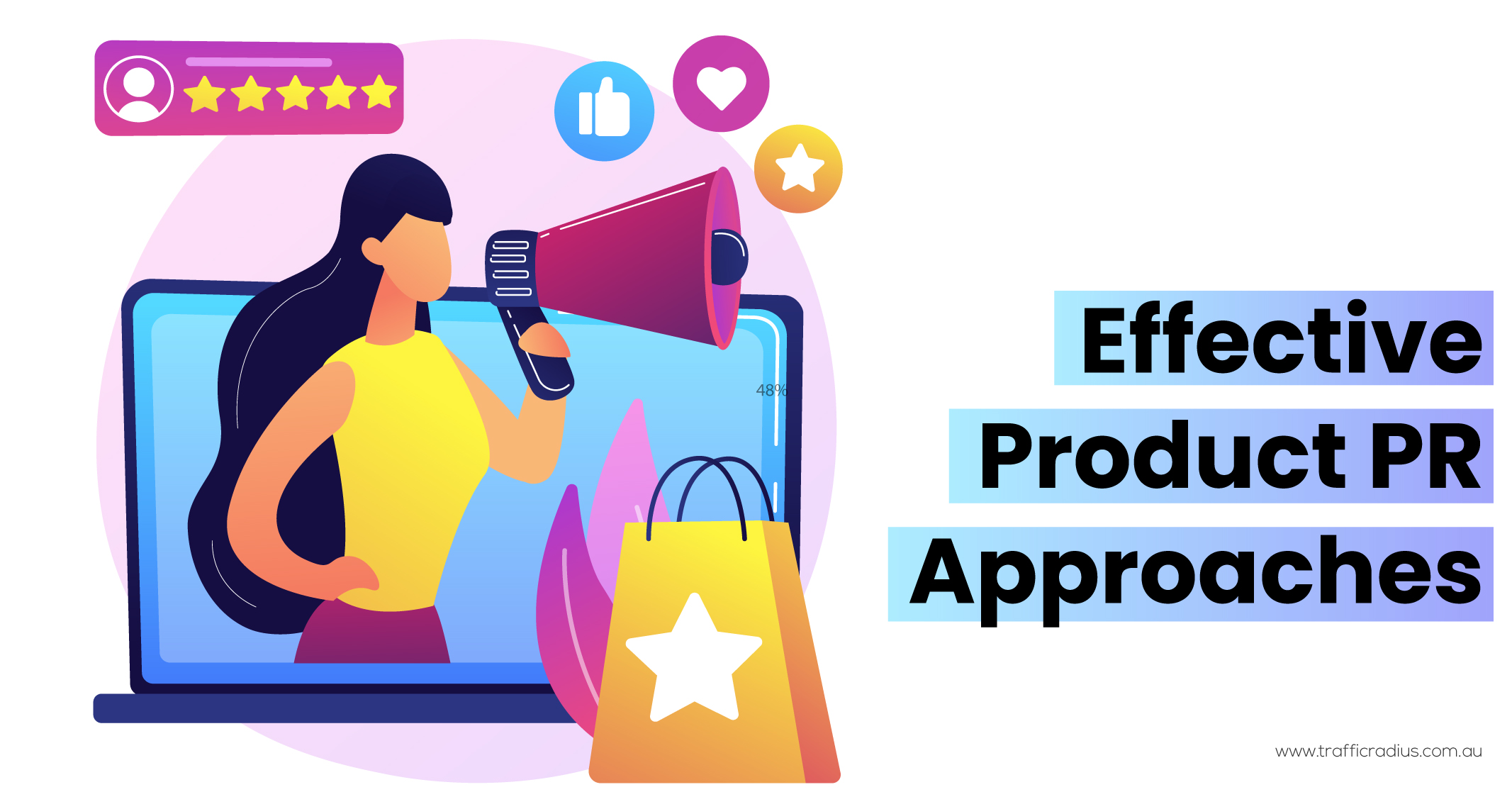
Product PR has traditionally been associated with traditional PR practices. However, the lines are becoming increasingly blurred, and your products, specifically the deals or stories surrounding them, can contribute to earning valuable links.
Product links often drive significant revenue due to their inherent nature. When someone discusses your products in an article and these links are clicked, it follows that a portion of these users may proceed to make a purchase.
Nevertheless, it is crucial not to overlook the importance of finding a compelling story. Products alone seldom make for engaging narratives. However, highlighting substantial savings during your latest sale or demonstrating how your products can effectively address common audience challenges can create compelling stories.
Rather than solely promoting your products in isolation, take the time to consider what would motivate a journalist to write about them and, more importantly, why readers would want to read about them. Put yourself in the shoes of the reader and seek intriguing ways to link your products to the challenges they face.
Learn More: The 5 Most Popular Digital Marketing Strategies for 2023
The range of digital PR tactics available is extensive and extends beyond those mentioned previously.
Regardless of the specific tactic chosen, it is imperative to ensure that you are targeting the appropriate journalists and publications. Otherwise, even the most captivating message may fail to make an impact.
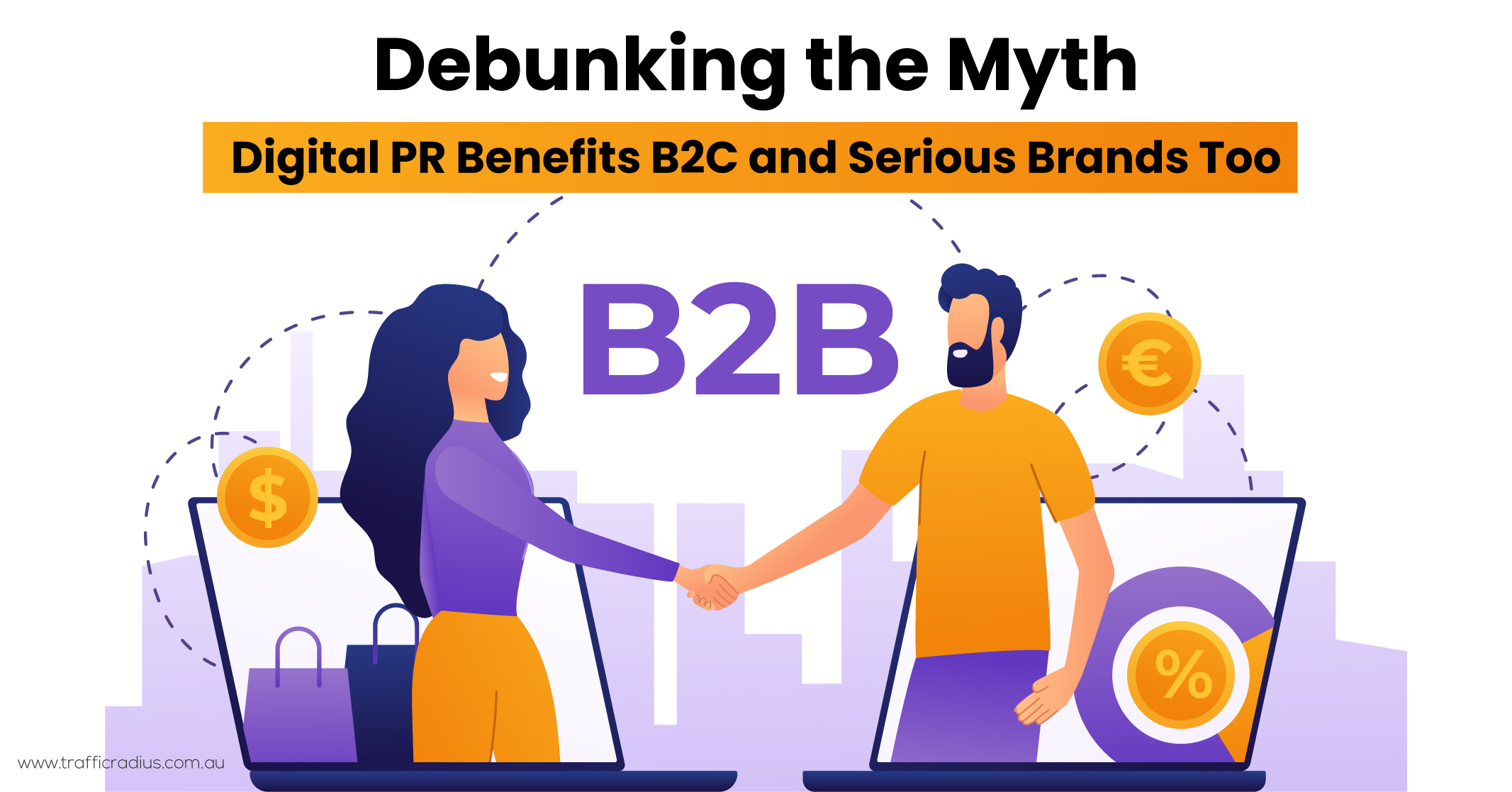
There is a common misconception that digital PR is exclusively suited for B2C and “fun” brands. However, this assumption is far from accurate. It is essential to understand what resonates with your target audience and identify stories that align with their interests.
For B2B businesses, employing tactics such as expert-insights PR, newsjacking, and conducting detailed research studies can effectively position them as thought leaders and facilitate the acquisition of authority links and media coverage. B2C businesses, on the other hand, often have a wider array of tactics at their disposal.
Ultimately, the key factor lies in developing exceptional ideas and comprehending the type of content that resonates with your audience online. Digital PR can be just as impactful for B2B (including SaaS) companies as it is for B2C brands.
To succeed, it is crucial to gain insights and knowledge about your audience. Need evidence? Look no further than Buffalo7, a presentation design agency that conducted a survey on Zoom Anxiety and transformed this trending topic into an engaging campaign that secured coverage on Yahoo.
Learn More: Crafting a Comprehensive B2B SEO Guide
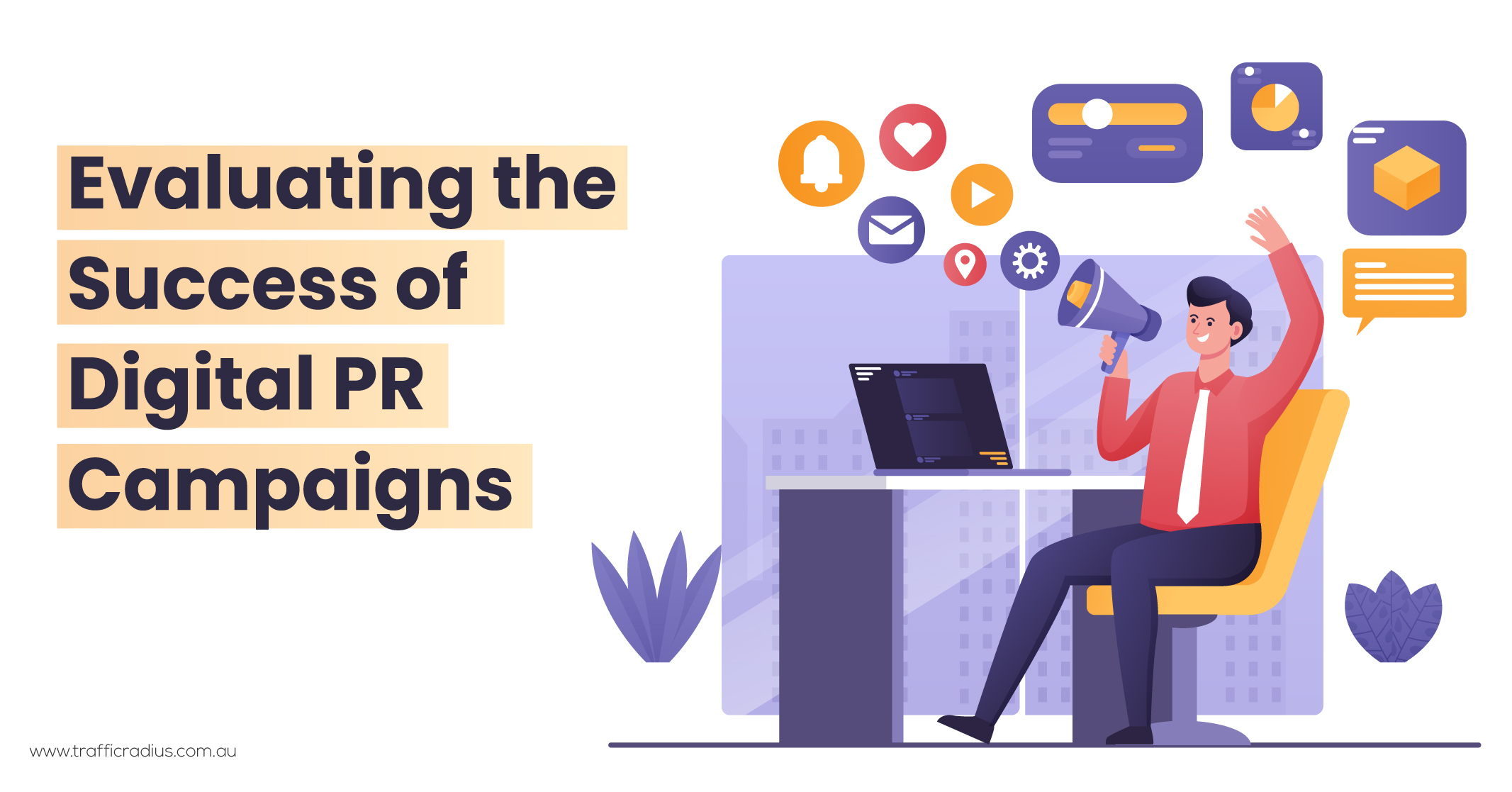
When it comes to measuring the success of digital PR campaigns and justifying further investment, it is crucial to track core metrics that effectively demonstrate impact. Consider the following recommended metrics:
In addition to these core metrics, consider reporting on the following factors to provide a comprehensive evaluation:
To effectively communicate the success of your digital PR endeavours, take the time to understand the metrics that matter to your stakeholders and report in a manner that showcases the broader positive outcomes achieved through your digital PR initiatives.

LEAVE A REPLY